Conditions similar to those on Pluto are simulated in the laboratory
Deep space with vacuum and cold starlight, it turns out, can be created in an ordinary laboratory. The first experimental installation in Russia was created by employees of the Samara branch of the Physical Institute named after. P.N. Lebedev RAS. They intend to study the mechanisms of the origin of life in space and on Earth.
Installation in which conditions are simulated origin of life. Photo: Ivan Antonov.
While some scientists are arguing about how life could have appeared: it flew from space or appeared on Earth, others are experimenting. Recently, a kind of “incubator” for the generation of complex molecules was presented at a meeting of the Scientific Council of the Russian Academy of Sciences.
In appearance, it resembles a compact particle accelerator – a set of cylindrical chambers, pipes, and wires. The entire installation will be two meters long. So this is what it is – an earthly model of the Universe!
Senior researcher at the Samara branch of the Lebedev Physical Institute Ivan Antonov explains that a cubic installation might have been more impressive in order to withstand the external pressure of the atmosphere.
“For a cubic one, we would have to make the cylinder walls one and a half centimeters thick, which is why the entire installation could weigh half a ton,” explains Antonov. – The cylinders withstand pressure from outside better, because their walls are thinner, and the weight of our entire structure is only a few tens of kilograms. We model in it the deep vacuum of the interstellar medium: cold molecular clouds and star formation regions.
Scientists have long understood that organic matter appears not only in living organisms. It is found in comets and asteroids; simple amino acids – the components of proteins – can be found floating in clouds of interstellar gas.
“The deep vacuum we create in the installation is close enough to the vacuum of the stellar environment so that we can study the processes that occur there,” says Ivan Antonov. – Inside the vacuum chamber we have a special surface cooled to the temperature of liquid helium. This is 5 Kelvin – this is the temperature of the interstellar medium. We spray ice on this plate, consisting of simple organic molecules, for example, methane.
“We choose the ice composition that is found on the icy mantles of dust particles in interstellar space. Then we irradiate this model of the cosmic ice mantle. We can use different types of it, but now we use ultraviolet, which is similar to starlight on a certain spectral line of atomic hydrogen. It is called Lyman-α (Lyman-alpha line), it is hard ultraviolet. It has the ability to cause chemical reactions in ice that lead to the formation of more complex molecules from simple ones.
– As I already said, we worked with methane. Methane ice was frozen on a cryogenic substrate and irradiated. As a result, we saw that after irradiation more complex hydrocarbons appeared in the chamber: propane and butane.
– Theoretically, this could happen outside the solar system. On Jupiter and Saturn, methane is in a liquid state, but on Pluto and its satellite Charon, on the comets of the Kuiper Belt, frozen methane is quite possible. In that area of space, as we know, there is a lot of methane; when it freezes, it forms ice, almost the same as what we got in our installation. And due to the fact that solar radiation reaches there, propane and butane can also be formed.
 Stardust molecule. 100 nm. Photo: Ralf I. Kaiser
Stardust molecule. 100 nm. Photo: Ralf I. Kaiser
– Yes. But the global goal is to understand the processes of chemical evolution of the Universe – how those complex molecules that we observe today were formed in space.
– More than 200 different molecules have now been found, some of them quite simple ones: water, carbon monoxide, methane, ammonia, methanol, formaldehyde, carbon dioxide and others, but there are also more complex ones, such as ethanol or methyl formate.
– During the chemical reaction, the ice evaporates and the resulting particles end up in a vacuum, where we detect them using a mass spectrometer.
– Probably yes. We were motivated for this study by the Rosetta mission, a probe that found a simple amino acid, glycine, on comet 67P/Churyumov-Gerasimenko. It is believed that this amino acid can be formed from ammonia, cyanide and formaldehyde. To do this, it only needs the presence of water and solar energy. Similar amino acids, including protein components, were found in meteorite matter, for example, in the Murchison meteorite, which fell in Australia in 1969. These substances theoretically could be the basis for the formation of more complex organisms on Earth. That is, interstellar chemical evolution could be recognized by us as the basis for the formation of life.
– It was hot there and the density was high. To create such conditions, we may need another installation in which we study combustion processes.





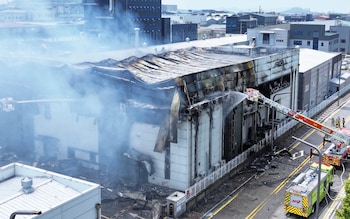

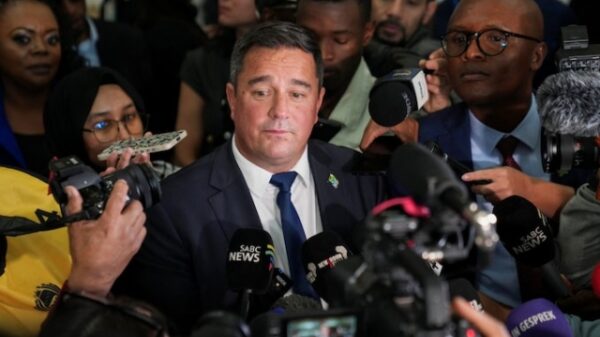

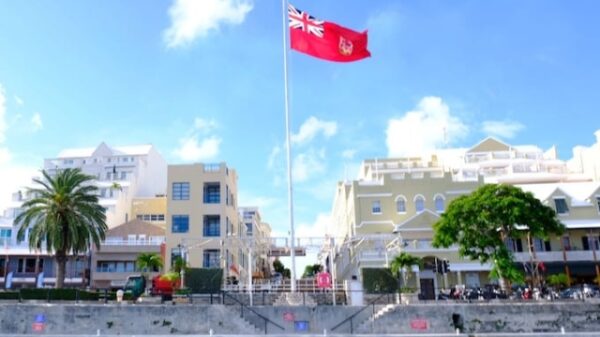
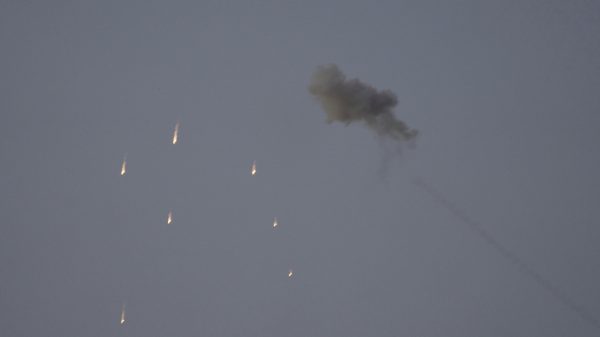
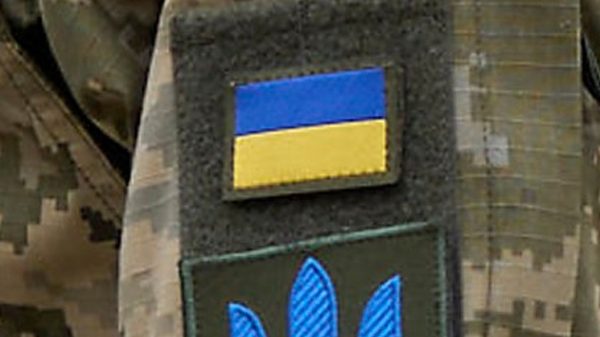
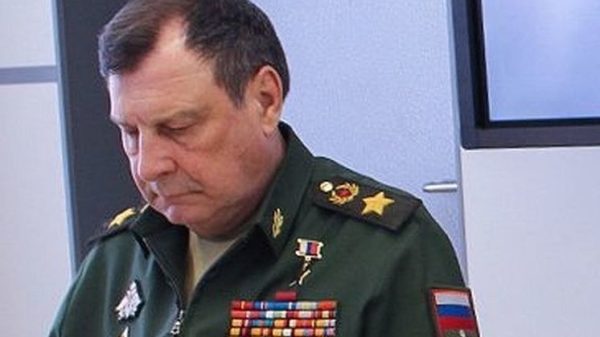

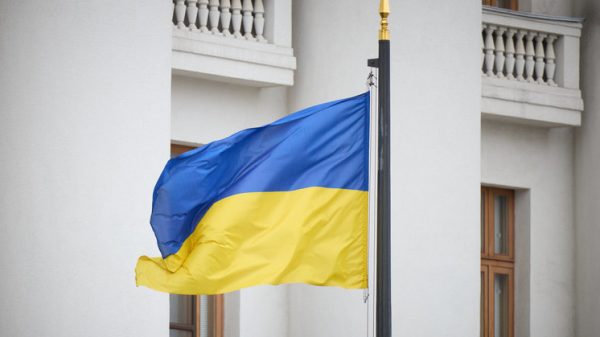


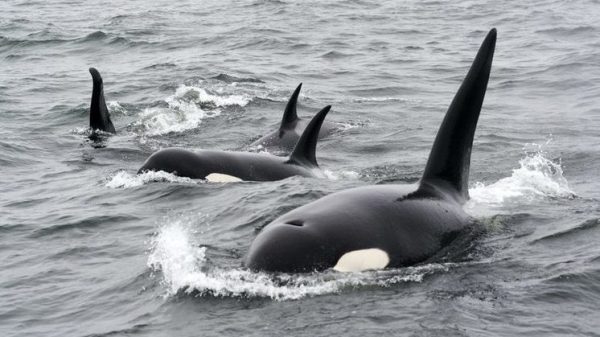

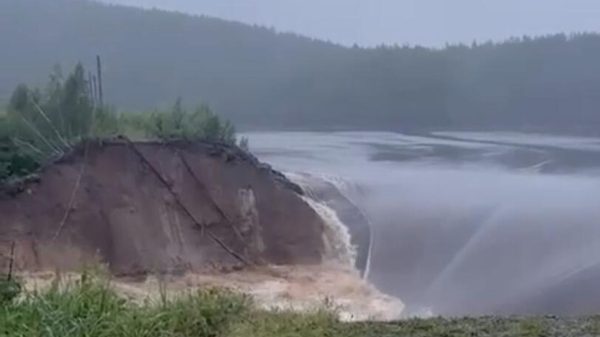
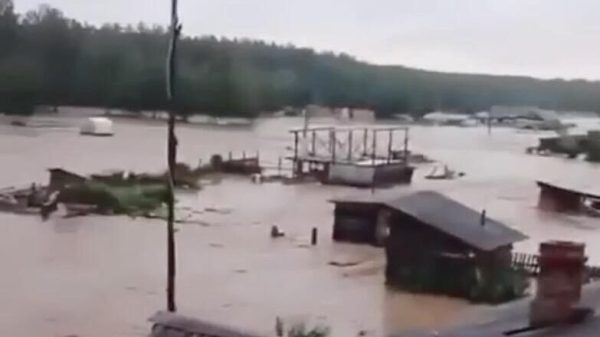
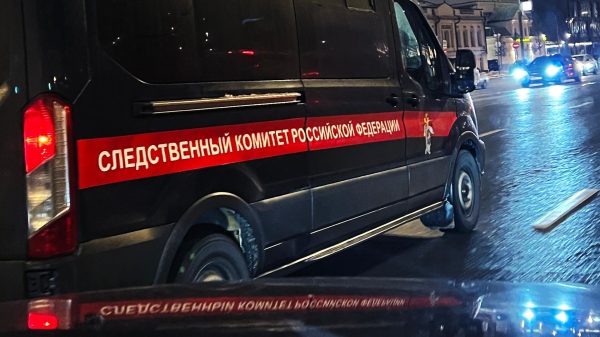
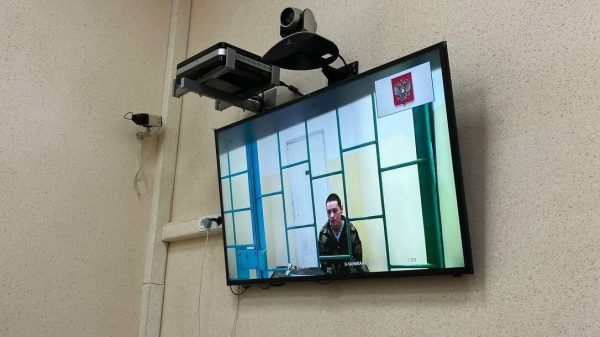
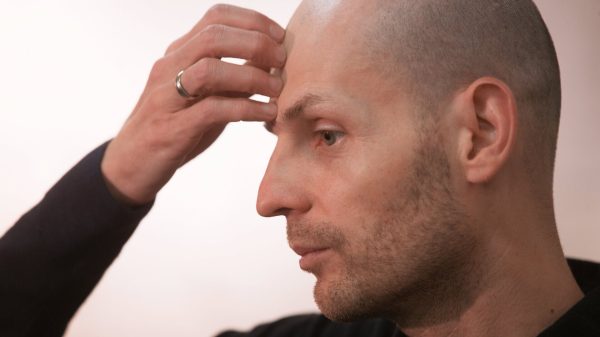
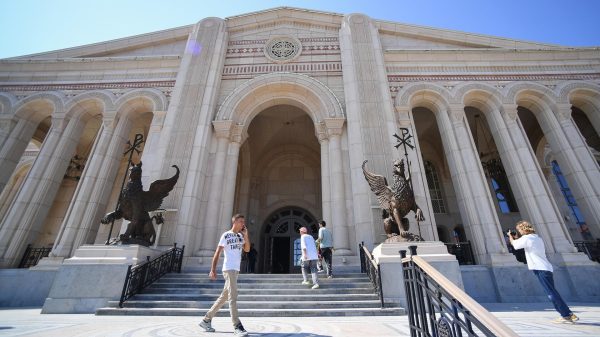

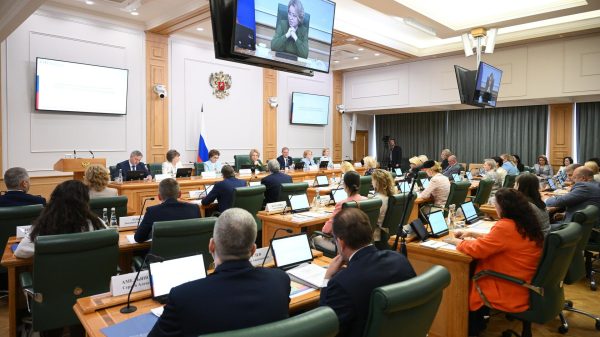
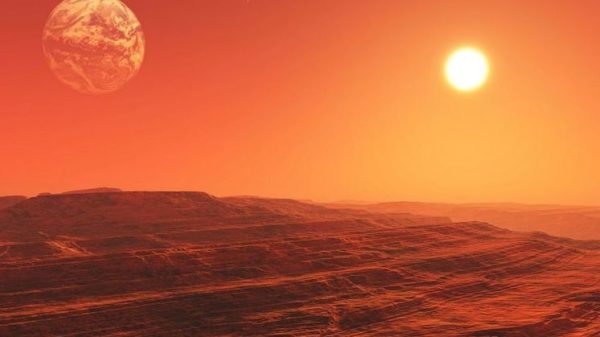
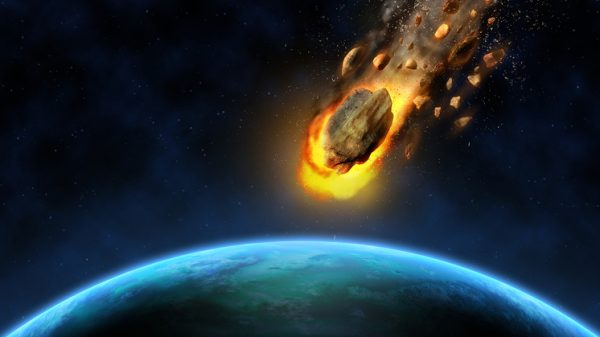

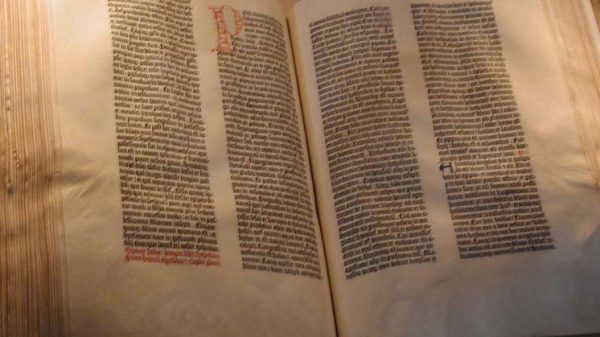
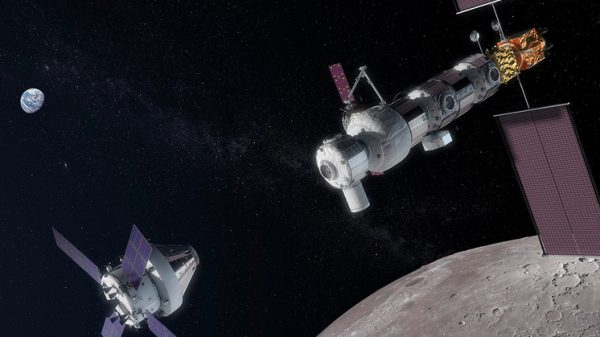






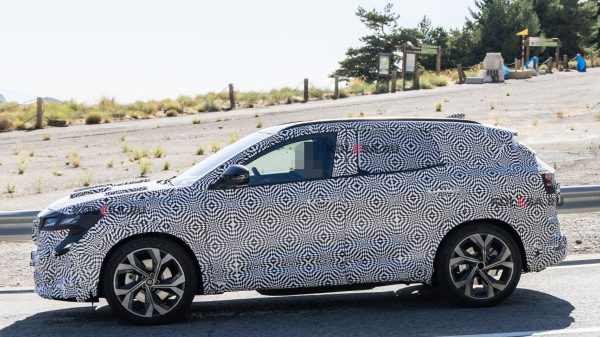


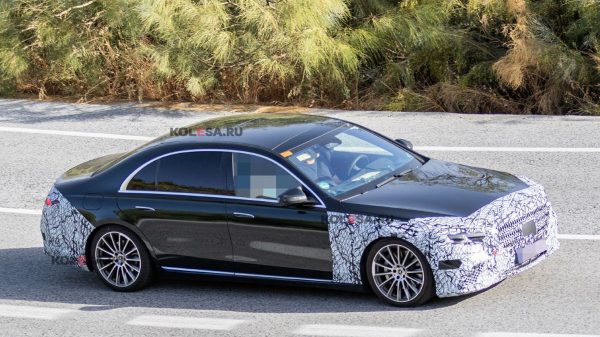





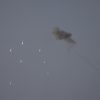
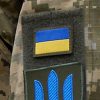
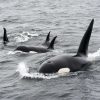

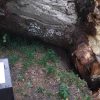

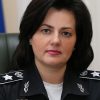




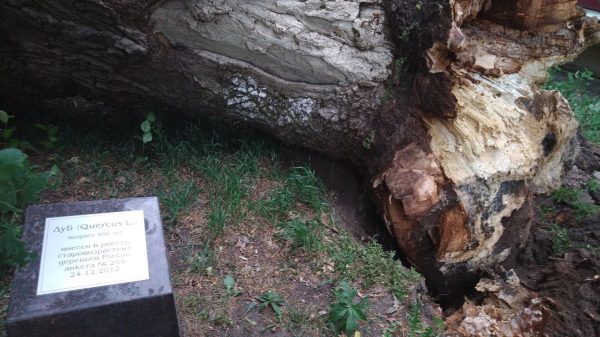

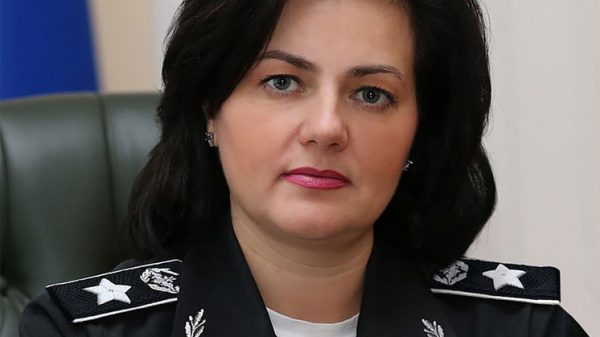
Recent Comments